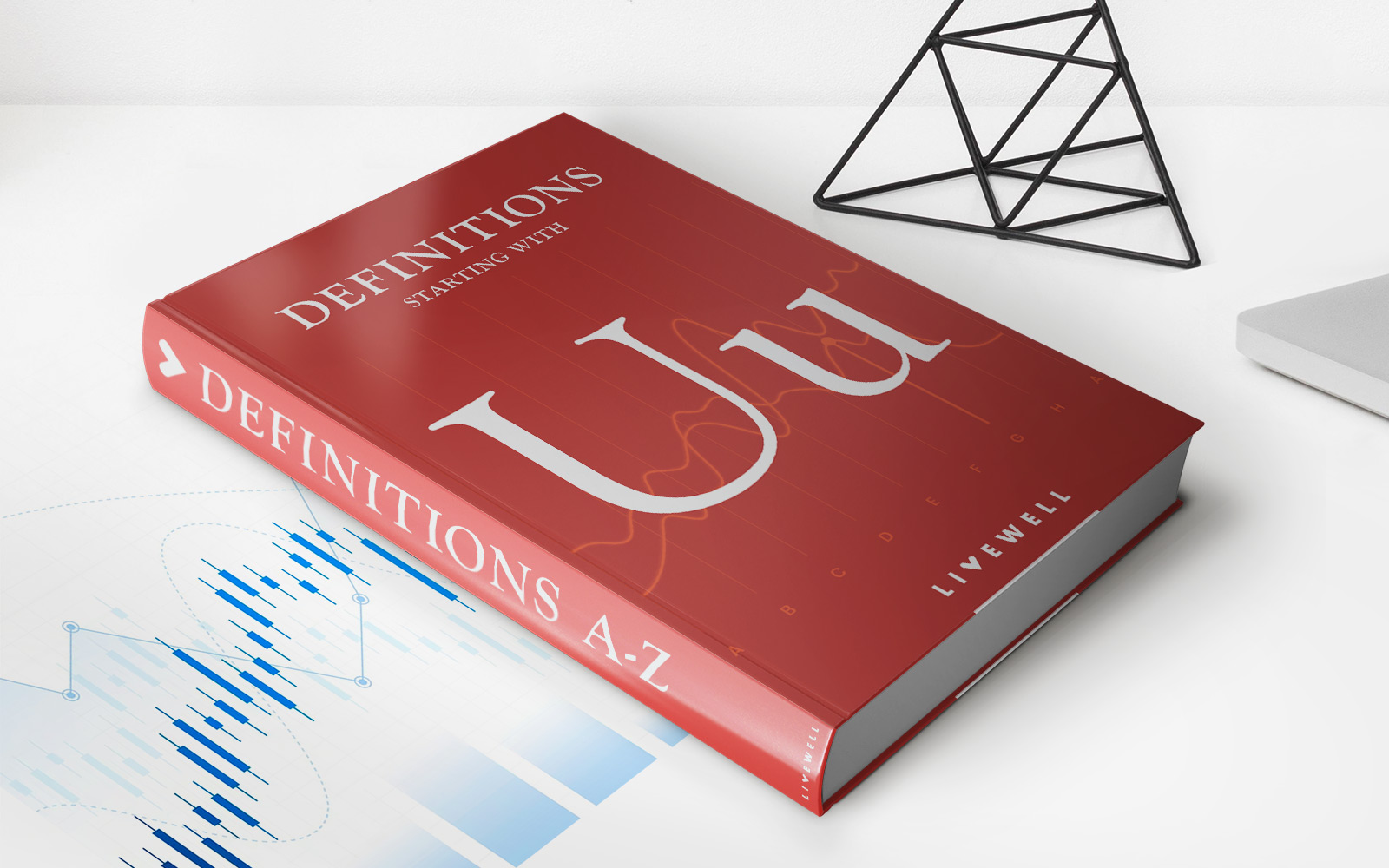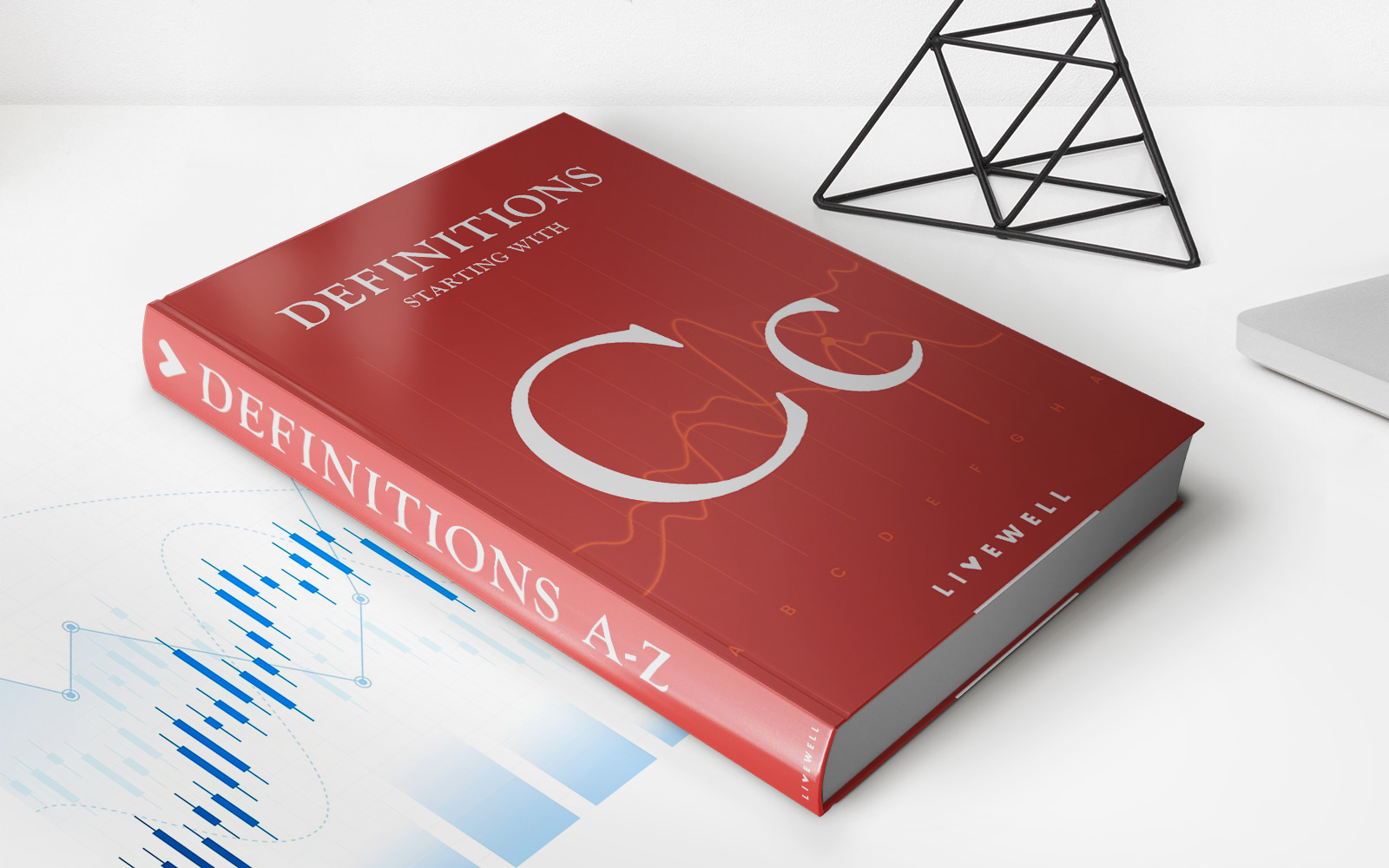Home>Finance>What Is Another Name For Unsecured Revolving Credit?


Finance
What Is Another Name For Unsecured Revolving Credit?
Published: February 29, 2024
Discover the alternative term for unsecured revolving credit in the world of finance. Learn about this flexible financial option and its benefits.
(Many of the links in this article redirect to a specific reviewed product. Your purchase of these products through affiliate links helps to generate commission for LiveWell, at no extra cost. Learn more)
Table of Contents
Introduction
Unsecured revolving credit, also known as unsecured revolving line of credit, is a versatile financial tool that provides individuals and businesses with access to funds on an ongoing basis. This type of credit does not require collateral and offers the flexibility of using funds as needed, repaying them, and then using them again, much like a revolving door. Understanding the nuances of unsecured revolving credit is essential for making informed financial decisions and leveraging this resource to its fullest potential.
Unsecured revolving credit is a critical component of the financial landscape, offering a lifeline for individuals and businesses during times of financial uncertainty or when faced with unexpected expenses. It provides a cushion to manage cash flow, seize opportunities, and navigate through challenging economic periods. By delving into the intricacies of unsecured revolving credit, one can gain a comprehensive understanding of its benefits, drawbacks, and alternatives, empowering them to make sound financial choices.
This article aims to demystify unsecured revolving credit, shedding light on its characteristics, benefits, drawbacks, and alternatives. By delving into these aspects, readers will glean valuable insights into this financial instrument, enabling them to make well-informed decisions regarding their financial strategies. Whether seeking to bolster personal finances or enhance business operations, unsecured revolving credit holds the potential to be a valuable ally in navigating the complex terrain of modern finance.
Understanding Unsecured Revolving Credit
Unsecured revolving credit is a type of credit arrangement that does not require collateral and provides the borrower with a maximum credit limit. This form of credit allows the borrower to utilize funds as needed, up to the specified limit, and repay any amount borrowed, thereby replenishing the available credit for future use. Unlike traditional term loans, unsecured revolving credit does not have a fixed repayment term, offering greater flexibility in managing cash flow and financial obligations.
One of the key features of unsecured revolving credit is its revolving nature, which means that as the borrower repays the borrowed amount, the available credit is replenished, allowing for ongoing access to funds without the need to reapply for a new loan. This flexibility makes unsecured revolving credit an attractive option for managing fluctuating expenses, covering short-term financing needs, and seizing opportunities as they arise.
Furthermore, unsecured revolving credit often comes in the form of a credit card or a line of credit. Credit cards provide a convenient means of accessing funds for various purchases and expenses, while a line of credit offers more flexibility in terms of accessing cash or transferring funds to meet specific financial needs. Both options offer the advantage of instant access to funds, providing a safety net for unexpected expenses or cash flow gaps.
Understanding the dynamics of unsecured revolving credit entails recognizing the importance of responsible borrowing and prudent financial management. While the flexibility of revolving credit can be advantageous, it also requires disciplined repayment practices to avoid falling into a cycle of debt. By leveraging unsecured revolving credit wisely, individuals and businesses can harness its benefits while mitigating potential drawbacks, thereby optimizing their financial strategies and bolstering their financial resilience.
Characteristics of Unsecured Revolving Credit
Unsecured revolving credit exhibits several distinct characteristics that set it apart from traditional term loans and other forms of financing. Understanding these characteristics is crucial for individuals and businesses seeking to leverage this financial tool effectively.
- Flexibility: Unsecured revolving credit offers unparalleled flexibility, allowing borrowers to access funds as needed, up to a predetermined credit limit. This flexibility enables borrowers to address immediate financial needs, manage cash flow fluctuations, and seize time-sensitive opportunities without the constraints of a fixed loan term.
- Revolving Nature: As the name suggests, unsecured revolving credit is a revolving form of financing. When borrowers repay the amount they have used, the available credit is replenished, providing ongoing access to funds without the need to reapply for a new loan. This revolving feature distinguishes unsecured revolving credit from traditional term loans and provides continuous financial support.
- No Collateral Requirement: Unlike secured loans that necessitate collateral, unsecured revolving credit does not require borrowers to pledge assets as security. This characteristic makes it an attractive option for individuals and businesses that may not have substantial assets to use as collateral or prefer to avoid the risk of asset forfeiture in the event of non-payment.
- Variable Interest Rates: Unsecured revolving credit often features variable interest rates, which means that the cost of borrowing can fluctuate based on market conditions. While this variability introduces an element of uncertainty, it also offers the potential for cost savings when interest rates are favorable.
- Convenient Access to Funds: Whether in the form of a credit card or a line of credit, unsecured revolving credit provides convenient access to funds. Credit cards offer the flexibility to make purchases and payments, while lines of credit allow for cash withdrawals and fund transfers, catering to diverse financial needs.
These characteristics collectively define the essence of unsecured revolving credit, embodying its adaptability, accessibility, and dynamic nature. By embracing these traits, borrowers can harness the full potential of unsecured revolving credit to address their financial requirements effectively and navigate the ever-evolving landscape of personal and business finance.
Benefits and Drawbacks of Unsecured Revolving Credit
Unsecured revolving credit offers a range of advantages and drawbacks, shaping its appeal and influencing the decision-making process for borrowers. Understanding these aspects is essential for evaluating the suitability of unsecured revolving credit in meeting individual or business financial needs.
Benefits
- Flexibility: Unsecured revolving credit provides unparalleled flexibility, allowing borrowers to access funds as needed, up to a predetermined credit limit. This agility enables swift responses to financial requirements, cash flow management, and the pursuit of opportunities without the constraints of a fixed loan term.
- Revolving Nature: The revolving feature of unsecured credit ensures ongoing access to funds as borrowed amounts are repaid, eliminating the need to reapply for new loans. This continuous availability serves as a reliable financial safety net, particularly during unforeseen expenses or fluctuating cash flow scenarios.
- No Collateral Requirement: As unsecured revolving credit does not necessitate collateral, borrowers are not required to pledge assets as security. This attribute is advantageous for individuals and businesses that may have limited assets or prefer to avoid the risk of asset forfeiture in case of non-payment.
- Convenient Access to Funds: Whether in the form of a credit card or a line of credit, unsecured revolving credit provides convenient access to funds. Credit cards offer the flexibility to make purchases and payments, while lines of credit allow for cash withdrawals and fund transfers, catering to diverse financial needs.
Drawbacks
- Variable Interest Rates: Unsecured revolving credit often features variable interest rates, subjecting borrowers to potential fluctuations in borrowing costs based on market conditions. While this variability introduces uncertainty, it can result in increased interest expenses during periods of rising interest rates.
- Temptation to Overspend: The accessibility of unsecured revolving credit may tempt borrowers to overspend, leading to increased debt levels and potential challenges in repayment. Without prudent financial discipline, the revolving nature of this credit facility can contribute to a cycle of debt accumulation.
- Interest Accumulation: If not managed judiciously, the revolving nature of credit card balances or lines of credit can lead to the accumulation of substantial interest charges over time, potentially adding to the overall cost of borrowing.
By weighing the benefits and drawbacks of unsecured revolving credit, borrowers can make informed decisions regarding its utilization, ensuring that it aligns with their financial objectives and risk tolerance. Whether leveraging its flexibility and accessibility or mitigating the potential pitfalls, a comprehensive understanding of these aspects empowers individuals and businesses to navigate the financial landscape effectively.
Alternatives to Unsecured Revolving Credit
While unsecured revolving credit offers unique advantages, it is essential to explore alternative financial options that may better suit the specific needs and preferences of individuals and businesses. By considering these alternatives, borrowers can make well-informed decisions regarding their financing strategies and optimize their financial resources.
Personal Loans
Personal loans provide a lump sum of funds upfront, which borrowers repay in fixed installments over a predetermined period. Unlike revolving credit, personal loans offer predictability in repayment and can be suitable for financing specific one-time expenses, such as home improvements, major purchases, or debt consolidation.
Home Equity Line of Credit (HELOC)
For homeowners, a HELOC allows access to funds based on the equity in their property. This revolving form of credit is secured by the home and often features lower interest rates compared to unsecured revolving credit. HELOCs can be advantageous for large expenses, such as home renovations or education costs.
Business Lines of Credit
Businesses can benefit from lines of credit tailored to their specific financial needs. These credit facilities provide access to funds for operational expenses, inventory management, and cash flow management, offering flexibility akin to unsecured revolving credit while catering to business-specific requirements.
Secured Credit Cards
Individuals looking to build or rebuild their credit may consider secured credit cards, which require a security deposit that serves as collateral. These cards can offer a pathway to establishing or repairing credit history while providing the convenience of card-based transactions.
Merchant Cash Advances
For businesses with consistent credit card sales, merchant cash advances offer upfront funds in exchange for a percentage of future credit card sales. While typically more expensive than traditional financing, merchant cash advances provide quick access to capital for businesses with fluctuating revenue streams.
Exploring these alternatives allows borrowers to tailor their financing approach to align with their unique circumstances and financial goals. By evaluating the suitability of each option in addressing their specific needs, individuals and businesses can make informed decisions that optimize their financial resources and support their long-term financial well-being.
Conclusion
Unsecured revolving credit, with its dynamic nature and flexibility, plays a pivotal role in the financial landscape, offering individuals and businesses a versatile tool to manage cash flow, address immediate financial needs, and seize opportunities. By understanding the characteristics, benefits, and drawbacks of unsecured revolving credit, borrowers can make informed decisions regarding its utilization, ensuring that it aligns with their financial objectives and risk tolerance.
While unsecured revolving credit presents distinct advantages such as flexibility, convenient access to funds, and the absence of collateral requirements, it also carries potential drawbacks, including variable interest rates, the temptation to overspend, and interest accumulation. By carefully weighing these factors, borrowers can navigate the complexities of unsecured revolving credit and harness its benefits while mitigating potential pitfalls.
Moreover, exploring alternative financing options, such as personal loans, home equity lines of credit, business lines of credit, secured credit cards, and merchant cash advances, allows individuals and businesses to tailor their financial approach to suit their specific needs and preferences. By considering these alternatives, borrowers can optimize their financial resources and support their long-term financial well-being.
In conclusion, unsecured revolving credit stands as a valuable financial instrument, offering adaptability, accessibility, and continuous support. By delving into its nuances and evaluating alternative financing options, individuals and businesses can enhance their financial resilience, address their unique financial requirements, and navigate the ever-evolving terrain of personal and business finance with confidence and foresight.














